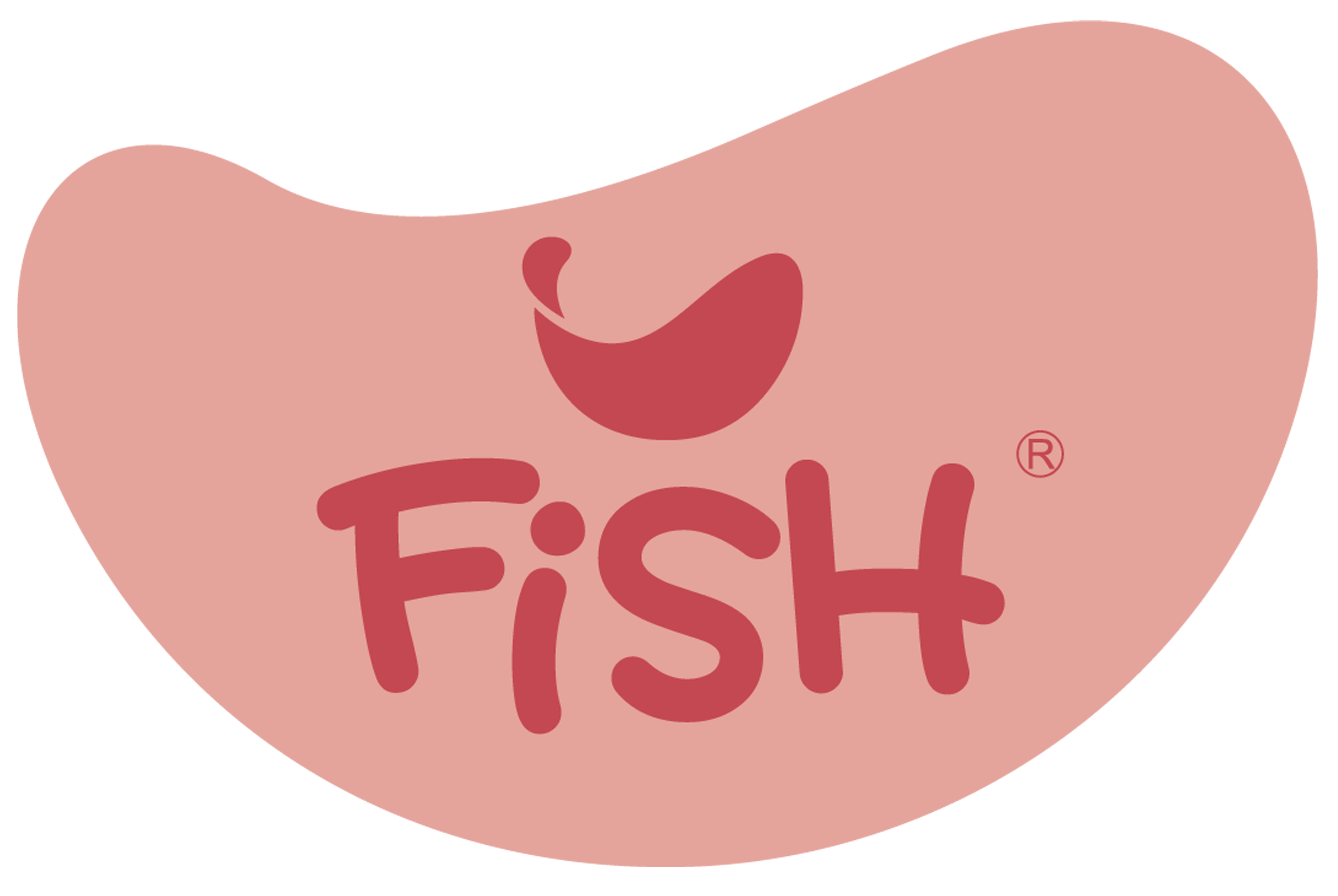






We offer pacifiers with different flow rates (sometimes referred to as “grades” or pacifier sizes) to meet the needs of children of different ages and sucking abilities. Younger babies (newborns) should start with a low-flow nipple (usually called a Stage 1 nipple or “slow flow”), which has a small opening and a slow flow rate, making it easier for newborns to feed safely and reducing the likelihood of choking. As the baby grows and becomes more efficient at feeding, the nipple can be gradually replaced with a nipple with a faster flow rate. In general, when babies are around 3 months old, many of them can adapt to medium-flow (stage 2) nipples; and by around 6 months, most of them can use fast-flow (stage 3) nipples. Our pacifier grades are similar, for example: Grade I pacifiers are suitable for babies aged 0 to 3 months, Grade II pacifiers are suitable for babies aged 3 to 6 months, and Grade III pacifiers are suitable for babies aged 6 months and above. However, it should be emphasized that these monthly ranges are only general guidelines and may not necessarily apply to every child—you need to observe the signals your baby shows while breastfeeding. If your baby is unable to finish drinking milk for a long time, seems impatient and irritable during feeding, or falls asleep halfway through due to slow milk flow, this may indicate that they could try using a nipple with a higher flow rate. Conversely, if your baby is choking or Coughing or too much milk flowing from the mouth after changing to a faster flow rate indicates that the current nipple flow rate is too fast. When the baby has not yet adjusted, return to the slower nipple and try again later. In short, the flow rate of the pacifier should be adjusted flexibly according to the baby's comfort level and feeding rhythm.
It is best to choose a bottle with a suitable capacity based on the amount of food your baby eats and their age. We offer a variety of bottle sizes to meet the needs of different stages of growth. For newborns or young infants (0-3 months), a small bottle with a capacity of about 150 milliliters is usually sufficient. This type of bottle is lightweight and easy for babies to feed from. From around 3-6 months of age, infants increase the amount of milk they consume at each feeding. At this stage, a 250 ml bottle is recommended. For infants older than 6 months who have a larger appetite, larger bottles such as 300 ml (if available in our product line) can be used to avoid frequent feedings in the middle of a feeding. Please note that this is only a general guide—each baby's food consumption may vary. If your 2-month-old baby is still unsatisfied after easily drinking 120 ml, it may be time to switch to a larger bottle. Conversely, if your newborn drinks small amounts of milk at a time, they can also use a smaller bottle (or a larger bottle containing only partial milk) first. Always pay attention to the markings on the bottle (milliliters/ounces) to accurately prepare the appropriate amount of milk according to the baby's appetite.